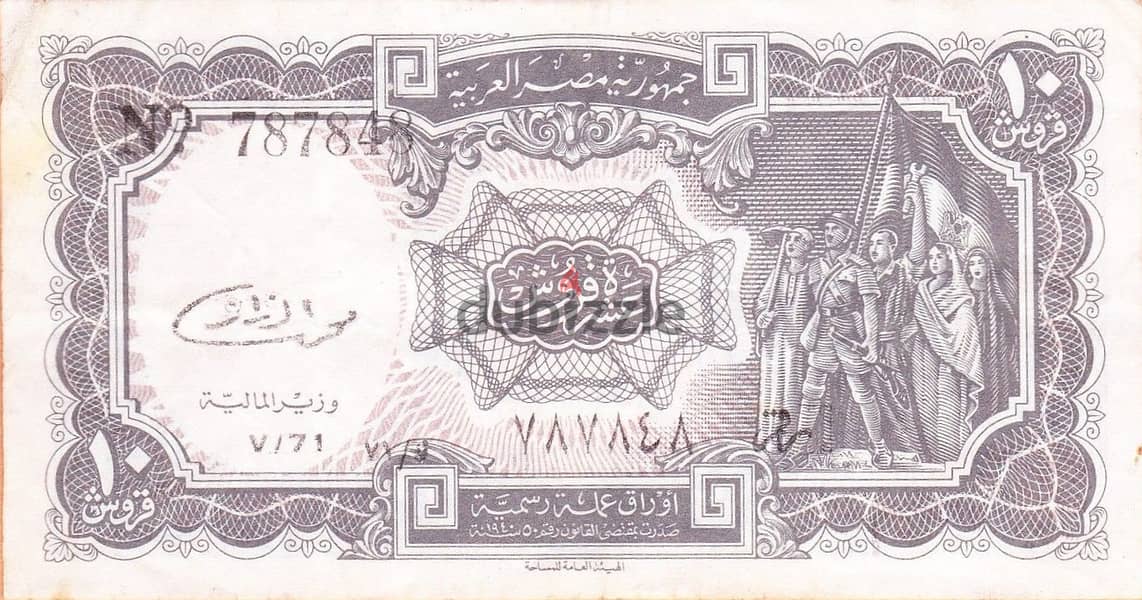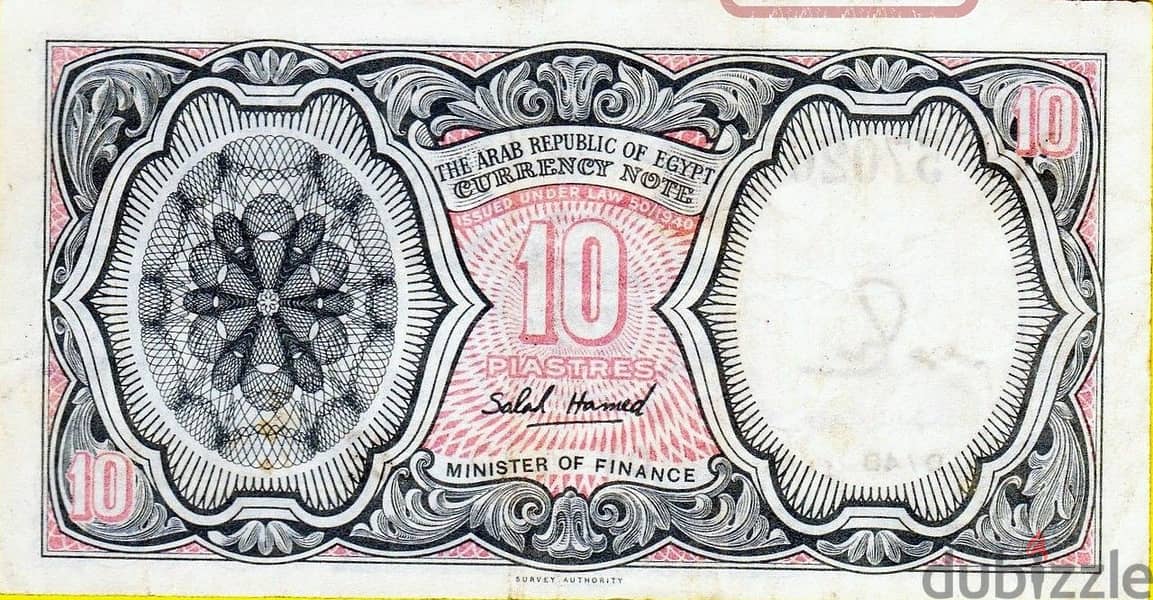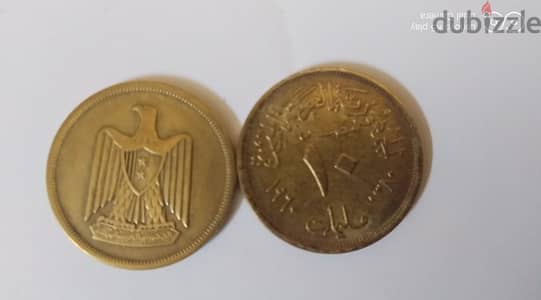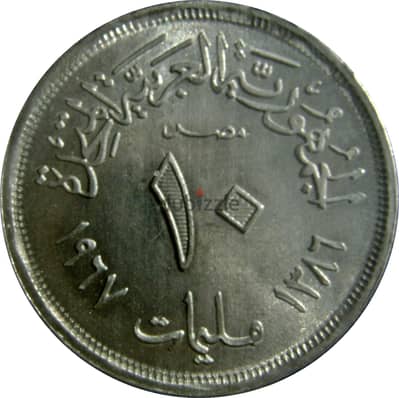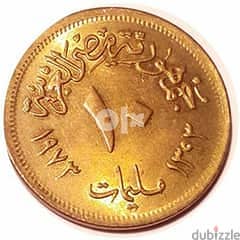1 / 2
Details
Price TypeNegotiable
TypeCollectibles
Description
10 piastres in very excellent condition.
Historical Context
Origins: The piastre (also known as ersh in Arabic) was the currency of Egypt until 1834. It was subdivided into 40 para, and later into tenths called milliemes in 19161.
Introduction of the Pound: In 1834, the pound (or gineih in Arabic) was introduced as the chief unit of currency, worth 100 piastres.
Modern Usage: The piastre continues to be used as a subdivision of the Egyptian pound, with 1 pound equaling 100 piastres.
Coin Details
Composition: Early 19th-century coins were made of billon (a mixture of copper and silver), while later coins were made of aluminium bronze.
Denominations: The piastre was subdivided into 40 para, and later into tenths (oshr el-ersh), which were renamed milliemes in 1916.
Current Value: The 10 piastres coin is currently valued at 0.10 Egyptian pounds (EGP).
Design
Obverse: Features the stylized state name, denomination, and year of issue in both Hijri and Gregorian calendar years.
Reverse: Often depicts an illustration representing significant cultural or historical landmarks, such as the Mosque of Mohamed Ali at the Citadel of Salah El Din.
Collectible Value
Rarity: The 10 piastres coin from 1992 is considered relatively common, but its value can vary based on condition and demand among collectors
Location
Egypt
Ad id 203864414
Report this ad
Related ads
Listed by private user
yassin mohamed
Member since Feb 2025
See profile
Your safety matters to us!
- Only meet in public / crowded places for example metro stations and malls.
- Never go alone to meet a buyer / seller, always take someone with you.
- Check and inspect the product properly before purchasing it.
- Never pay anything in advance or transfer money before inspecting the product.
